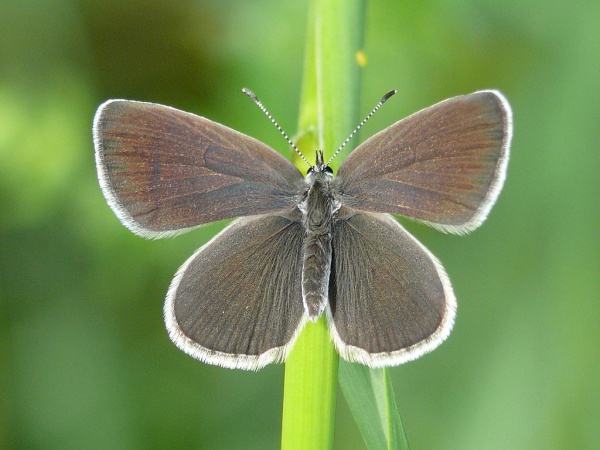Facts About Small blue
The small blue butterfly, a captivating member of the Lycaenidae family, can be observed across Europe, Asia, and parts of Russia. Despite its name, this butterfly is not predominantly blue. The males exhibit a hint of blue on their upper wings, while the females are primarily dark brown.
These butterflies often dwell in large colonies, sometimes numbering in the hundreds. Intriguingly, their caterpillars display a darker side, exhibiting cannibalistic tendencies.
The males of the small blue species are dark brown with a scattering of blue scales on their wings. In contrast, the females lack this bluish hue. With a wingspan ranging from 16-27mm, they favor habitats such as calcareous grasslands, quarries, and the edges of woodlands. Their caterpillars primarily consume kidney vetch, and the males are known to extract salts and minerals from sources like carrion and muddy puddles.
In terms of mating behavior, males perch on grass or shrubs to attract females. Their courtship is straightforward, without elaborate rituals. After mating, the female lays a single egg on an appropriate plant and marks it with a scent to deter other females. The larvae hatch and go through several growth stages before forming cocoons for hibernation. As adults, these butterflies live for about three months and typically remain within their colonies.
However, the small blue butterfly faces significant threats due to habitat loss. It is designated as a Priority Species for conservation in Northern Ireland and is protected under the UK Biodiversity Action Plan. The decreasing availability of suitable habitats in the UK has raised concerns about the species' conservation status.

 Ireland
Ireland